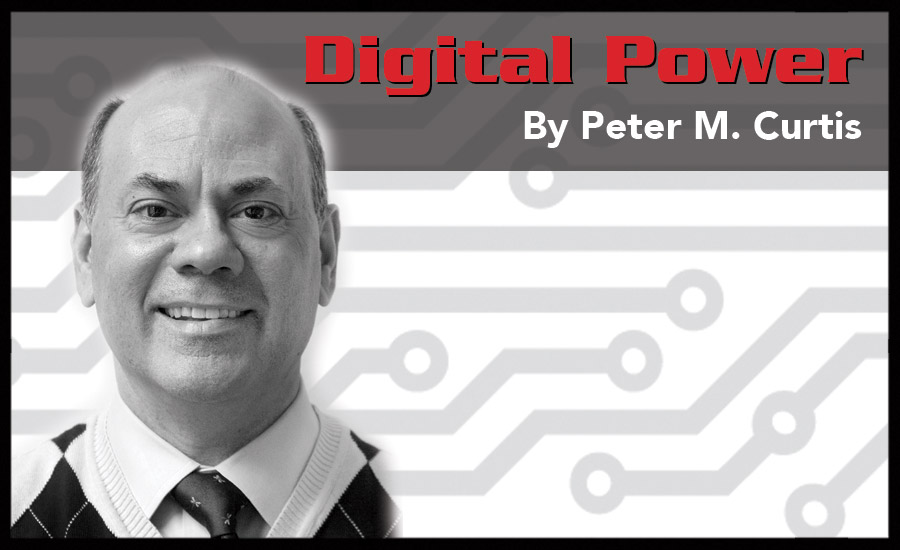
Figure 1. Natural disasters in the U.S. by year,
based on FEMA table, “Declared Disasters by Year or State”
Will our growing reliance on all varieties of digital information coupled with the recent extraordinary natural disasters, deliberate assaults on IT infrastructure, and the increased obsolescence of the electric grid lead to the perfect storm on steroids?
In the first half of 2011 we have seen some erratic and catastrophic natural disasters around the world (see table 1). The disasters have affected and disrupted the lives of many.

Table 1. Major disasters in 2011
Would we really say we are well protected against disaster were we to closely inspect the critical systems that we manage (including equipment, people, and process) and align them to the risk of downtime.
Facilities and IT professionals know how many near misses occur each year from a corporate/government perspective. Are these incidents increasing annually? Consider, for example, recent airline mishaps around the world stemming from human error. Pilots become complacent over time and lose focus while flying. This has resulted in several crashes as planes have veered off course and even collided on runways.
Furthermore, in the rail industry, an engineer was texting while operating a train in Los Angeles; the train subsequently crashed one minute after his final text message was sent. Even in fields requiring 100 percent success such as air/rail travel, human error is prevalent.
Now, let’s assume your mission-critical facility is prepared because it has instituted the proper Tier rating based on its design intent and is reevaluated annually for internal and external risk factors. With all of the information breaches and the complex connectivity of diverse systems we operate, are you sure you are protected against someone hacking into your critical systems? These companies thought that they were (see table 2).
Some of the biggest companies in all areas of industry have fallen victim to hackers. Internet powerhouses, financial giants, defense contractors, e-commerce firms, etc., cannot keep criminals out of their systems. Criminals are upping the ante, and companies need to be able to match their bet. These breaches come at a crucial time in a society-wide movement towards “the cloud.” Information is no longer stored on local machines; it is stored in data centers globally.
We must also consider security breaches from within. There have been instances where technicians servicing equipment brought in virus-infected laptops and/or USB flash drives. They then transferred files or used diagnostic tools on facility computers, thereby infecting them.

Figure 2. Global natural disasters by year
Source: Centre for Research on the Epidemiology of Disasters Emmanuelle Bournay, UNEP/GRID-Arendal http://maps.grida.no/go/graphic/trends-in-natural-disasters
Source: Centre for Research on the Epidemiology of Disasters Emmanuelle Bournay, UNEP/GRID-Arendal http://maps.grida.no/go/graphic/trends-in-natural-disasters
If the mission-critical industry didn’t have enough enemies as it were, we must also realize that budgetary constraints may be the cruelest villain of them all. On a facility scale, having maintenance budgets approved can be an exhausting battle. However, if the battle is chosen carefully, and funds are allocated wisely, an effective operations/maintenance/training strategy can be implemented with enormous benefit.
We’ve already discussed three risks faced by the mission-critical industry: natural disasters, malicious hackers, and economics. There are still two more risks: poor operations and faulty maintenance of critical systems and energy security.

Table 2. Cyber security breaches in 2011
This storm may really be hiding a silver lining, an opportunity to make swift progress if we focus our attention in the right areas. These factors make designing and implementing a robust smart grid paramount to the safety and success of society today.
We cannot wait 30 years to make progress because we are at more risk every day. In addition, making immediate progress on the smart grid has a direct and sudden positive impact on creating jobs and improving our infrastructure. Doesn’t this create an asset? Yes there is a significant upfront cost, but long term it is an annuity. This should be our political priority.
All the threats to society and the critical industry have raised the stakes, and we have to do whatever we can to stay ahead. The smart grid is an innovation we can and need to make in order to keep critical facilities resilient and facilitate economic recovery.
We need to take advantage of the capabilities we have; in this case, the smart grid can reverse the effects of the “steroids.” Then we are only left with the “perfect storm,” which we know isn’t going to let up anytime soon.


